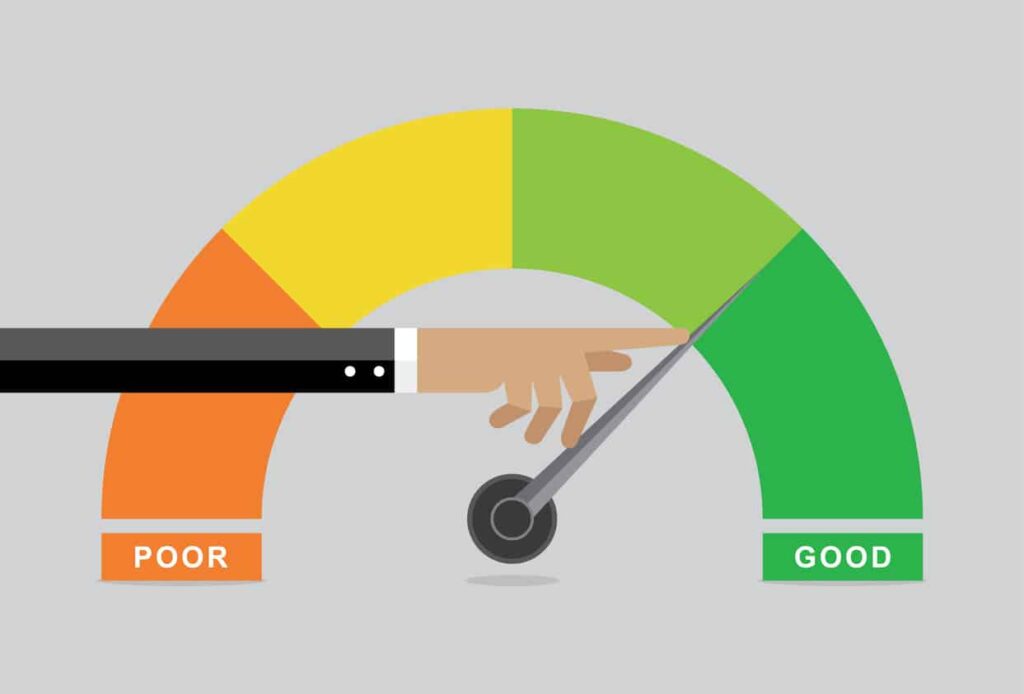TL;DR Quality Score (QS) is still Google Ads’ diagnostic shorthand for Expected Click‑Through Rate, Ad Relevance, and Landing‑Page Experience. Improving QS today means mastering modern match‑types, Responsive Search Ads (RSAs), first‑party audience signals, and lightning‑fast, privacy‑compliant landing pages.
Why Quality Score Still Matters
Quality Score may be diagnostic rather than a bidding signal, but the same ingredients that raise your QS—high CTRs, precise relevance, and smooth user journeys—also lower CPCs, lift Ad Rank, and improve conversion efficiency. Treat it as a health check you can influence, not a vanity metric you chase.
Google’s current help text defines Quality Score as:
“An estimate of the quality of your ads, keywords, and landing pages… higher‑quality ads generally lead to lower costs and better ad positions.”
The 1‑to‑10 number displayed in the interface is calculated daily at the keyword level. It blends historical data and real‑time machine‑learning predictions.
The Three Pillars in 2025
| Pillar | Signals Google Looks At | 2025 Watch‑Outs |
|---|---|---|
| Expected CTR | Historical CTR (by device, geography, audience); Ad format impact (assets, sitelinks, lead forms) | RSAs dominate; “Ad Strength” grades are correlated with higher CTR forecasts. Broad‑match with Smart Bidding can raise predicted CTR. |
| Ad Relevance | Text‑to‑query semantic match; RSA asset coverage; keyword themes | Large language models power intent classification—tight themes beat literal SKAG duplicates. Use feed‑based Business Name & Brand assets for extra relevance. |
| Landing‑Page Experience | Core Web Vitals, HTTPS, mobile friendliness, privacy compliance, content match, bounce‑rate proxies | Google’s Page Experience and regulatory compliance (GDPR/CPRA) factor in. Server‑side tagging preserves measurement while respecting consent. |
Proven Ways to Lift Quality Score Today
1. Design Intent‑Themed Ad Groups
- Stop splitting every keyword into single‑keyword ad groups (SKAGs). Instead, group 5‑20 close‑intent terms so RSAs can learn.
- Use keyword insertion sparingly—pinned {KeyWord} in headlines can hamper RSA learning.
2. Lean Into Responsive Search Ads & Assets
- Build at least eight unique headlines (2–3 with target keyword ideas, the rest value‑props). Let Google mix & match.
- Aim for “Excellent” Ad Strength. It’s not a direct QS metric, but a higher Ad Strength raises expected CTR.
- Attach all eligible assets: sitelinks, callouts, structured snippets, images, lead‑form extensions, etc.
3. Modern Keyword & Match‑Type Hygiene
- Broad match plus Smart Bidding can now outperform exact in many accounts—test, but keep robust negatives up to date.
- Harvest converting search terms into exact match for budget control.
4. First‑Party & Audience Signals
- Feed Google your Customer Match lists and high‑value event audiences. Higher conversion likelihood boosts predicted CTR and Ad Rank.
- Layer remarketing or similar‑segments (where still available) to lift engagement.
5. Landing‑Page Excellence
- Speed matters: target <1.8 s Largest Contentful Paint (LCP) on mobile.
- Dynamic headline and hero text insertion that mirrors the ad query can push the Relevance component from “Average” to “Above Average.”
- Comply with policy basics: transparent contact info, privacy notice, no auto‑redirects or pop‑under tricks.
- Optimize for conversion: simple forms, trust badges, and server‑side Google Tag.
Common Myths—Busted
| Myth | Reality |
|---|---|
| “Landing‑page keywords drive QS more than anything else.” | Landing‑page experience is mainly pass/fail. Over‑optimizing copy can hurt UX. |
| “QS is a real‑time auction factor.” | Google confirmed QS itself is not in‑auction. Its components are. |
| “Broad match always lowers QS.” | With Smart Bidding and audience signals, broad match can outperform if conversion data is robust. |
Next Steps
- Audit QS at the theme level (not keyword legacies). Spot pillars scoring “Below Average.”
- Prioritize tweaks that raise expected CTR first—often the fastest wins.
- Monitor QS trends weekly; compare against CPC and conversion‑rate shifts.
Need a hand improving your Quality Scores and profit margins? Drop us a line at info@hyperxmarketing.com and let’s talk strategy.
